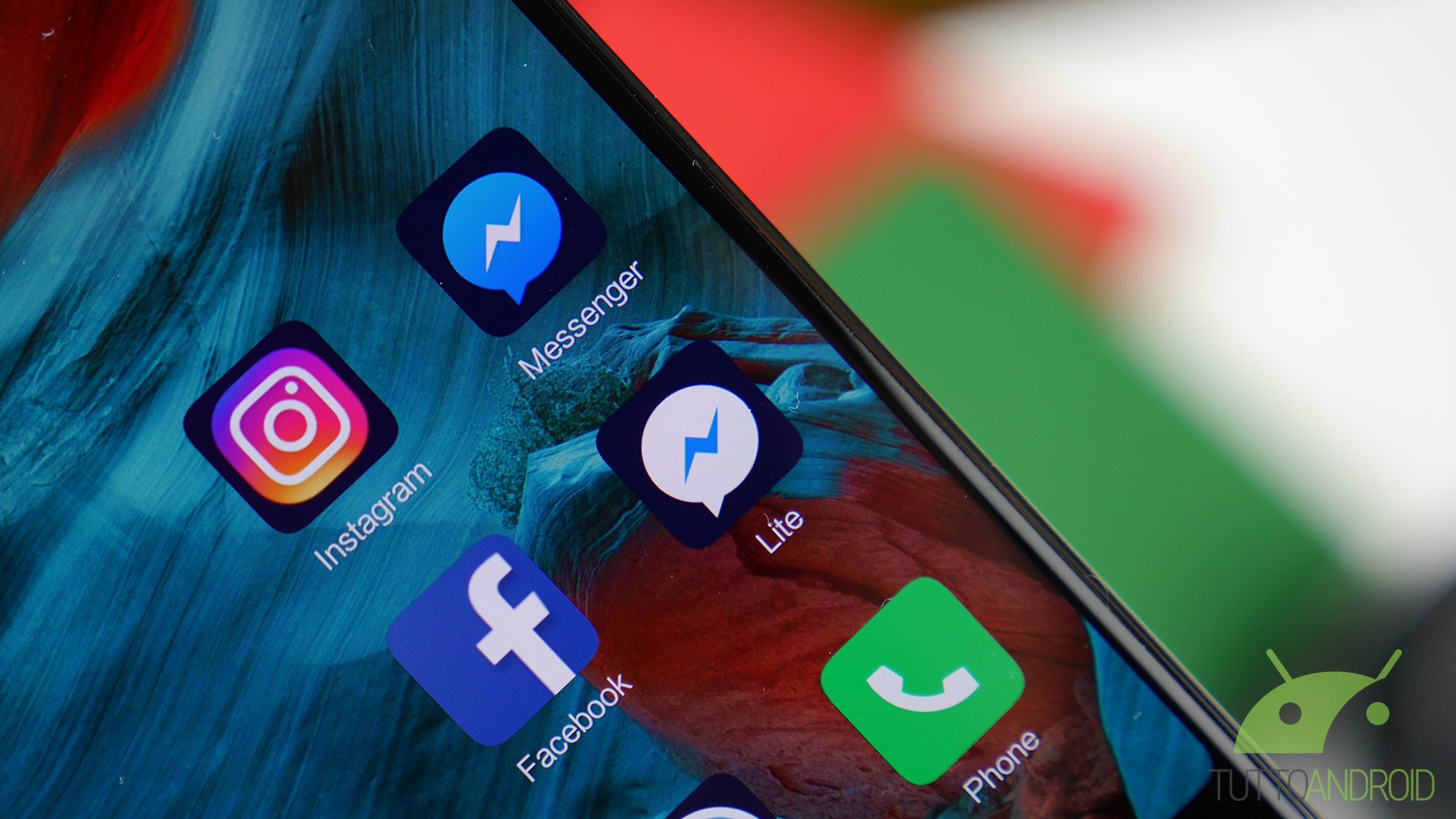There was a time when smartphones were not the size that they are today, many of you will surely have previously held devices with a 3.4-inch display, which over time increased to 4 inches, then grew to 5, to 5.5 and more. This continued until there was a kind of stabilization in the last few years. Compared to before, today's devices allow you to display many more elements on the smartphone display, which is an extremely practical function in various situations.
Nevertheless, to date, not all applications take up all the available space on the display, although Android allows them to do so by requiring developers to implement certain APIs in the code of their software. This may depend on several factors, for example, in certain circumstances and for some applications, it may not make sense to take up the available space behind the navigation and status bars, as interactive elements such as buttons may be located above the system bars.
Whatever reported by Mishaal Rahman and colleagues AndroidauthorityApparently Google intends to make all available space on the display usable by default in Android 15, the next version of the green robot.
With Android 15, apps could take up 100% of the available space on the display
The discovery we're telling you about today was made by looking through the code in the latest beta of Android 14 QPR2 (Beta 3), finding some clues as to what the Mountain View giant may be up to Force apps to take up 100% of the display in Android 15.
Some of you will remember how Google introduced a new page in Settings in Android 11 called App compatibility changesThe purpose is to allow developers to enable individual system behaviors for their apps depending on the target API level (essentially a number that indicates how an application behaves based on the Android version it is launched on , should behave).
The colleagues mentioned at the beginning, while examining the code of Android 14 QPR2 Beta 3, discovered a new app compatibility change called EDGE_TO_EDGE_BY_DEFAULT, the description of which is: “Switch app to edge-to-edge by default if the target SDK is so. “VANILLA_ICE_CREAM or later” (i.e. “move the app edge-to-edge by default if the target SDK is VANILLA_ICE_CREAM or later”).
Vanilla Ice Cream should be Android 15's codename, which leads us to believe that this compatibility change will be applied to apps intended for the next version of the robot; Considering that Big G forces developers to update their applications annually by implementing the latest APIs, the majority of software in the Play Store should target Android 15 in the near future.

The images that you can see in the gallery above were created in a roundabout way by activating each new feature and show us what the new implementation should look like.
In any case, it is worth emphasizing that at the moment there is no certainty as to whether Google intends to make this change in Android 15 and activate it as the default, although in some cases it may actually be very practical for some type of display (e.g . in the presence of a lot of text) the same colleagues have noticed that applications such as Gmail and Google Keep conflict with the respective implemented functionality due to the overlap of the interface elements with the system bars.
As far as we know, we'll have to wait for an initial release of Android 15 for developers to potentially get further guidance.
You might also be interested in: Android 15 could introduce a much-requested multimedia feature




